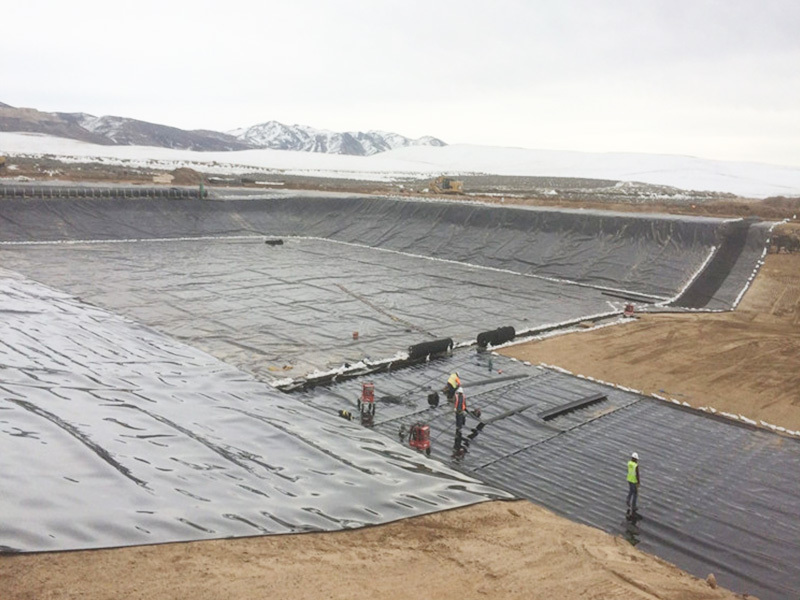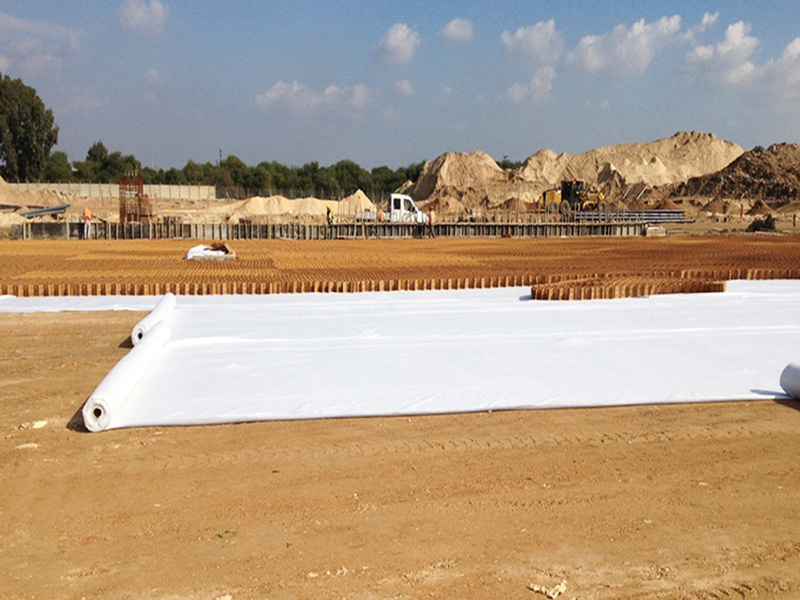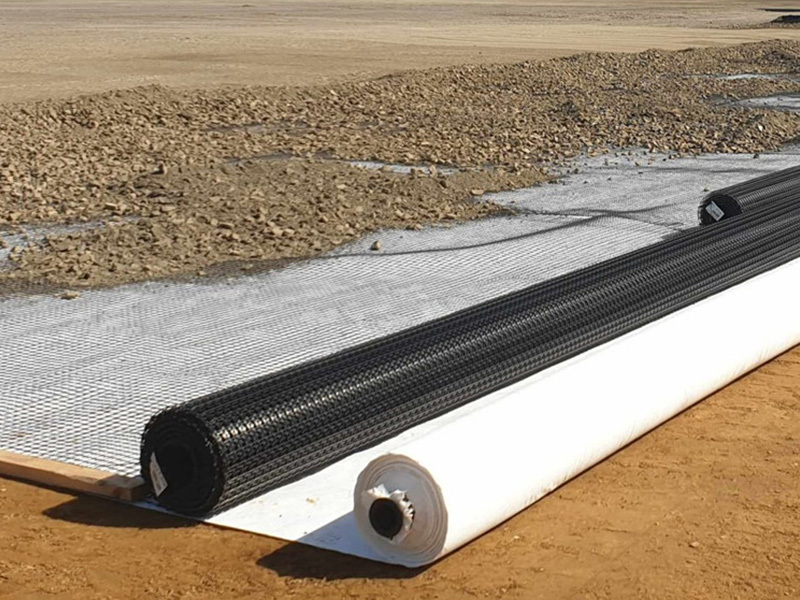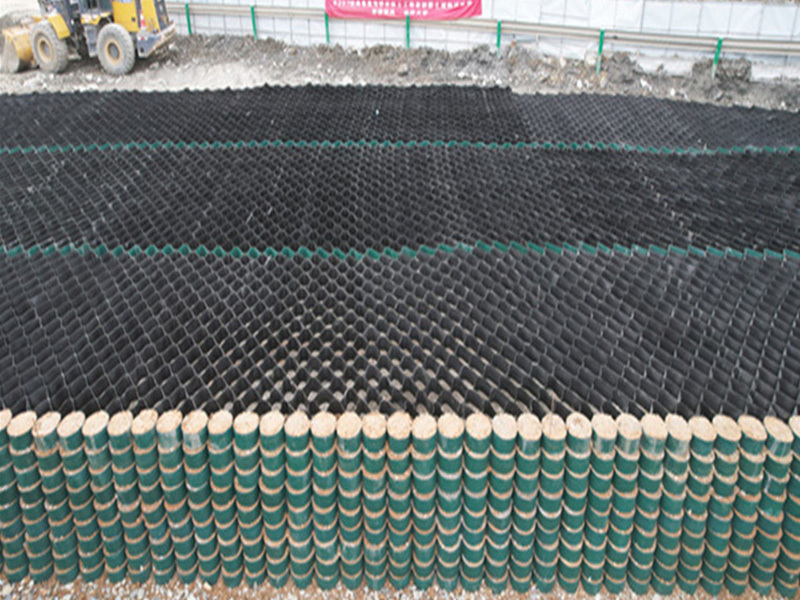Application of Geotextile for Seepage Control in Farm Construction
Release time:
Jun 18,2025
1. Introduction
Geotextiles, particularly impermeable geomembranes, are widely used in agricultural farms to prevent water seepage, enhance irrigation efficiency, and protect soil quality. Whether for ponds, canals, or livestock waste containment, geotextile liners provide a cost-effective and durable solution to minimize water loss and environmental contamination. This article discusses the benefits, material selection, and construction techniques for geotextile-based seepage control in farming applications.
2. Key Applications in Farms
2.1 Water Storage Ponds & Irrigation Canals
Prevents water seepage, ensuring efficient storage and distribution.
Reduces evaporation losses when combined with floating covers.
2.2 Livestock Waste Lagoons
Contains manure and wastewater, preventing groundwater pollution.
Resistant to chemicals (e.g., ammonia) in animal waste.
2.3 Silage Pits & Feed Storage
Blocks moisture infiltration, preserving feed quality.
2.4 Landfill Liners for Agricultural Waste
Prevents leachate from contaminating soil and water sources.
3. Material Selection
HDPE Geomembrane (High-Density Polyethylene) – Most common for impermeable barriers due to chemical resistance and durability.
PVC Liners – Flexible and easy to install but less resistant to punctures.
Reinforced Geotextile Composites – Combines nonwoven fabric with a geomembrane for added strength.
4. Construction Steps
4.1 Site Preparation
Clear debris, rocks, and roots to avoid punctures.
Compact the subsoil to create a smooth, stable base.
4.2 Geotextile Installation
Lay a nonwoven geotextile cushion layer (optional) to protect the geomembrane.
Unroll the geomembrane liner, ensuring proper overlap (min. 30 cm).
Weld seams using hot wedge welding or dual-track extrusion for a watertight seal.
4.3 Anchoring & Covering
Secure edges with trench backfill or anchor trenches.
Cover with soil, gravel, or concrete to protect from UV degradation and mechanical damage.
5. Advantages of Geotextile Seepage Control
Water Conservation: Reduces seepage losses by up to 90%.
Environmental Protection: Prevents agrochemical and waste leakage.
Longevity: HDPE liners last 20+ years with proper installation.
Cost Savings: Lowers irrigation and remediation expenses.
6. Case Study: Geotextile-Lined Farm Pond
A dairy farm in Texas installed an HDPE-lined pond to store rainwater for irrigation. After installation:
Water loss decreased by 85%.
Pond maintenance costs dropped by 60% due to reduced siltation.
7. Conclusion
Geotextile seepage control is a sustainable and efficient solution for modern farms, improving water management and environmental compliance. Proper material selection and installation ensure long-term performance, making it a vital technology for agricultural operations.
Keywords: Farm geotextile, seepage control, HDPE geomembrane, agricultural water conservation, pond lining.
Would you like additional details on specific farm applications (e.g., aquaculture, biogas digesters)?
News
Geocell Technology for Slope Protection: Mechanisms and Applications
Geocell Technology for Slope Protection








